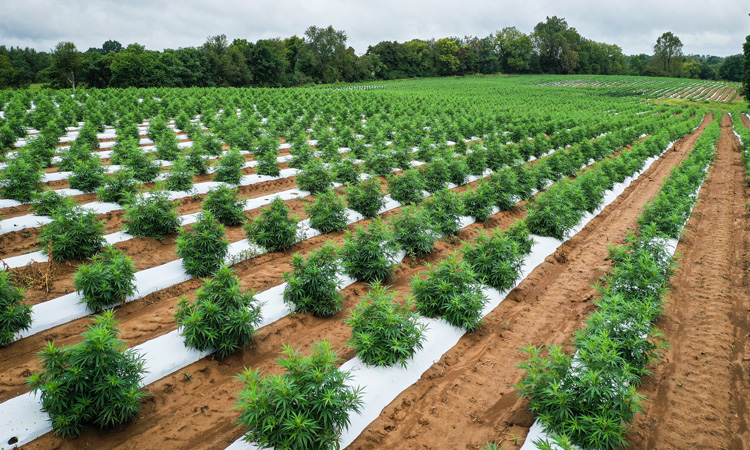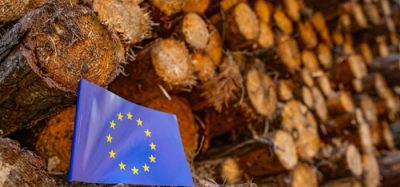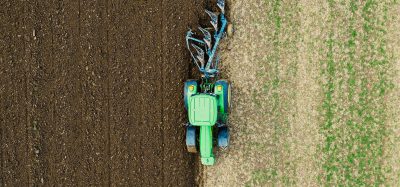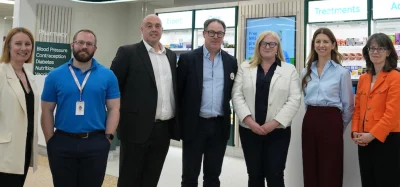USDA announces details of risk management for hemp producers
- Like
- Digg
- Del
- Tumblr
- VKontakte
- Buffer
- Love This
- Odnoklassniki
- Meneame
- Blogger
- Amazon
- Yahoo Mail
- Gmail
- AOL
- Newsvine
- HackerNews
- Evernote
- MySpace
- Mail.ru
- Viadeo
- Line
- Comments
- Yummly
- SMS
- Viber
- Telegram
- Subscribe
- Skype
- Facebook Messenger
- Kakao
- LiveJournal
- Yammer
- Edgar
- Fintel
- Mix
- Instapaper
- Copy Link
Posted: 11 February 2020 | Ryan Clarke (New Food) | No comments yet
The US Department of Agriculture (USDA) has announced the availability of two programmes that aim to protect hemp producers’ crops from natural disasters.


The US Department of Agriculture (USDA) has announced the availability of a pilot hemp insurance programme through Multi-Peril Crop Insurance (MPCI), which is said to provide coverage against loss of yield because of insurable causes of loss for hemp grown for fibre, grain or Cannabidiol (CBD) oil. The USDA has also announced the availability of the Noninsured Crop Disaster Assistance Program (NAP), which looks to protect against losses associated with lower yields, destroyed crops or prevented planting where no permanent federal crop insurance programme is available.
“We are pleased to offer these coverages to hemp producers. Hemp offers new economic opportunities for our farmers, and they are anxious for a way to protect their product in the event of a natural disaster,” said Farm Production and Conservation Undersecretary, Bill Northey.
Multi-Peril Crop Insurance Pilot Insurance programme
The MPCI pilot insurance is a new crop insurance option for hemp producers in select counties of 21 states for the 2020 crop year. The programme is available for eligible producers in certain counties in Alabama, California, Colorado, Illinois, Indiana, Kansas, Kentucky, Maine, Michigan, Minnesota, Montana, New Mexico, New York, North Carolina, North Dakota, Oklahoma, Oregon, Pennsylvania, Tennessee, Virginia and Wisconsin.
Navigating the future of food safety and transparency
Join Professor Chris Elliott and expert panellists as they discuss how AI, innovation, and collaboration are shaping the future of food safety and transparency.
Examine how the industry can move from reactive to proactive risk management, respond to the rising threat of food fraud, and balance the urgent need for sustainability with the realities of fragmented regulation and economic pressure.
Among other requirements, to be eligible for the pilot programme, a hemp producer must have at least one year of history producing the crop and have a contract for the sale of the insured hemp. In addition, the minimum acreage requirement is five acres for CBD and 20 acres for grain and fibre. Hemp will not qualify for replant payments or prevented plant payments under MPCI.
This pilot insurance coverage is available to hemp growers in addition to revenue protection for hemp offered under the Whole-Farm Revenue Protection plan of insurance. Also, beginning with the 2021 crop year, hemp will be insurable under the Nursery crop insurance programme and the Nursery Value Select pilot crop insurance programme. Under both nursery programmes, hemp will be insurable if grown in containers and in accordance with federal regulations, any applicable state or tribal laws and terms of the crop insurance policy.
Noninsured Crop Disaster Assistance Program
NAP provides coverage against loss for hemp grown for fibre, grain, seed or CBD for the 2020 crop year where no permanent federal crop insurance programme is available.
NAP basic 50/55 coverage is available at 55 percent of the average market price for crop losses that exceed 50 percent of expected production. Buy-up coverage is available in some cases. The 2018 Farm Bill allows for buy-up levels of NAP coverage from 50 to 65 percent of expected production in five percent increments, at 100 percent of the average market price. Premiums apply for buy-up coverage.
Eligibility requirements
Under a regulation authorised by the 2018 Farm Bill and issued in October 2019, all growers must have a licence to grow hemp and must comply with applicable state, tribal or federal regulations or operate under a state or university research pilot, as authorised by the 2014 Farm Bill.
Producers must report hemp acreage to FSA after planting to comply with federal and state law enforcement. The Farm Bill defines hemp as containing 0.3 percent or less tetrahydrocannabinol (THC) on a dry-weight basis. Hemp having THC above the federal statutory compliance level of 0.3 percent is an uninsurable or ineligible cause of loss and will result in the hemp production being ineligible for production history purposes.








